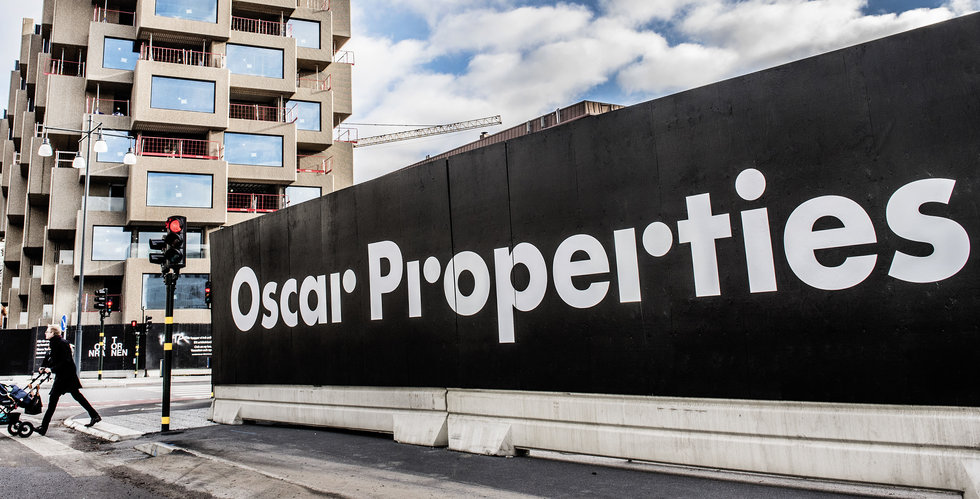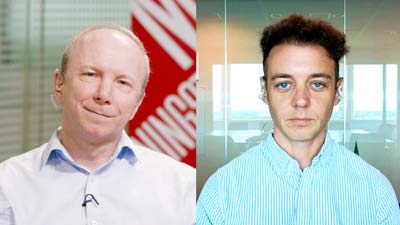
Business Strategy and Outlook | Dec 18, 2019
After the divestment of its Eurasia operations, Telia has exclusively become a Nordic and Baltic telecom player. Telia’s endeavors into emerging markets, which were expected to deliver higher growth rates than developed markets, were unsuccessful. As a result, Telia retracted to markets closer to its home where telecom growth is expected to stagnate.
In search of growth drivers, Telia redeployed its resources into both traditional and less traditional telecom areas. On the traditional front, Telia complemented its core businesses by acquiring fixed-line assets (TDC) in Norway last year to drive fixed-mobile convergence. As with most of its European peers, Telia’s strategy has been to bundle mobile and fixed-line offerings, and it has this capability in most of its markets. In Europe, telecom operators perceive the fixed-mobile convergence as a key strategy to retain customers by offering an integrated solution and cross-selling additional services. The firm is also looking to capitalize on 5G and position itself as a main technology solution provider (cloud, Internet of Things, and security). However, these offerings are still emerging.
On the less traditional front, the firm entered the content space (Bonnier Broadcasting acquisition in Sweden), a less proven strategy that comes with significant cost burden. In our view, telecom firms should follow the aggregator model by partnering with media players rather than acquiring them. We expect Telia to generate solid cash flow from its core operations, but it is grasping at areas in search of growth that could be value destructive.
During its 2019 capital market day presentation, Telia announced its ambitions to reorganize operations into a new operating model and achieve cost efficiencies at the country and group levels. The new operating model, which aims to centralize product development activities and IT services, coupled with cost programs at the country level to reduce administrative, commercial, and sourcing costs, should help the firm achieve margin expansion.
Economic Moat | Dec 18, 2019
We believe Telia has a narrow economic moat as a result of cost advantages and efficient scale.
Telia's efficient scale advantage stems from the very high capital costs required to build and maintain a network. In the wireless space (wireless dominates Telia's portfolio), we identify four primary costs of entry: spectrum, network equipment and construction, customer acquisition (for example advertising, commissions, subsidies on phones), and startup losses (revenue over the first couple years, at least, will likely fall short of fixed operating costs). By country, we mainly judge Telia’s competitive position according to its ability to generate profits out of its network assets and its market position. All of Telia’s markets are highly concentrated, with three established dominant players holding 80% or more market share. In concentrated markets, margins are usually stable and solid, and the established firms are generally rational. Price wars tend to be to their detriment thanks to similar network quality, and market share gains are difficult to achieve. Telia’s markets match these characteristics, so we believe the firm enjoys the efficient scale advantage in all its markets and a change in the competitive environment is unlikely.
Telia’s scale in each of its geographical markets is vital for firm’s ability to achieve economies of scale. Each country has its own network with its own fixed costs. The more subscribers on a network, the more fixed costs can be spread out, reducing the cost per subscriber. As the largest operator in Sweden and judging by its EBITDA margins relative to peers, we believe the firm has a cost advantage over its competitors. In Sweden it holds 54% of the fixed-line market, 33% of the broadband market, and 35% of the wireless market. Those figures are 17%, 26%, and 32%, respectively, in Finland. Telia is the largest wireless and fixed-line carrier in Lithuania and Estonia as well as the largest wireless operator in Latvia.
Thanks to the efficient scale advantage in each of these countries and its cost advantages over rivals in Sweden, we expect Telia to continue generating strong free cash flow and returns on invested capital.
Fair Value and Profit Drivers | Jun 07, 2021
Our fair value estimate for Telia is SEK 40 per share. With most of Telia’s operations concentrated in mature markets, we expect sales growth to stagnate or to grow at very low rates. We assume organic revenue growth to be primarily driven by wireless, as fixed-line revenue continues to decline. The wireless segment should grow due to increasing average revenue per customer, with more users upgrading to higher-end data plans. The latest acquisition, Bonnier Broadcasting in Sweden, should boost top-line growth in 2021 after a 14.5% decline during 2020 due to lower advertising revenue caused by the coronavirus pandemic. We project the firm will see a mid-single-digit sales decline in 2021 caused by the divestment of Telia Carrier followed by growth at very low rates. With the successful divestitures of most of its Eurasian assets, we expect management to focus more on cost efficiencies. Despite the COVID-19 unfavorable context, management has been committed to reduce operating expenses and to implement a new, more efficient operating model. We expect the firm to achieve cost efficiencies due to process optimization, digitalization and cost reductions programs at the country level (for example reduction in administrative and commercial costs). We expect EBITDA margin of around 34% at the end of our five-year explicit forecast period.
We estimate 2021 capital spending of SEK 15 billion, in the midpoint of management guidance. In the future, we expect capital spending to stay in the SEK 14 billion to SEK 15 billion range due to 5G rollout, which will be partially offset by capital spending efficiencies brought on by the new operating model that aims to improve the firm’s sourcing capabilities.
Risk and Uncertainty | Dec 18, 2019
During the last several years Telia has exited all of its emerging markets in Eurasia such as Azerbaijan, Georgia, Kazakhstan, and Moldova to focus on the Scandinavian and Baltic regions. However, these areas are not free of risk, either, as regulatory risk is a common threat for telecom firms since regulators’ objective often is to increase competition. Consequently, established players are scrutinized for both past and current anticompetitive practices. In a market like Norway, which is almost a duopoly between Telenor and Telia, the government might favor smaller players. Thus, the challenger Ice Norge in Norway is a potential competitive threat. The Norwegian market dynamics could change if ICE succeeds in strengthening its network and increasing its customer base. An aggressive price strategy might cause Telia’s market share to decline. Nevertheless, Telia’s position in Norway has strengthened with its fixed-line asset acquisition.
We don’t think Telia has significant Environmental, Social, and Governance risks. The most remarkable issue in recent years is the USD 965 million fine that Telia had to pay in 2017 due to bribery accusations in Uzbekistan. After exiting all its Eurasia operations, we think it is less likely that Telia will be involved in such issues in the future.
Capital Allocation | Feb 01, 2021
We assess the stewardship of Telia as Standard. This assessment was conducted using our prior Stewardship methodology. We will be transitioning our assessment mechanism for Telia, and the balance of our stock coverage, to the Capital Allocation methodology by the end of September 2021.
We are upgrading Telia Company’s stewardship rating to Standard from Poor after a series of moves that we see as wise. Our former Poor stewardship rating was attributed to Eurasia, which represented a significant portion of Group’s revenue and operating income. The firm has exited Eurasia entirely, a region that struggled with corruption allegations that led to management and boardroom changes. The firm’s operations are now concentrated in Europe. The most recent acquisition, TDC in Norway, while completed at a rather expensive EBITDA multiple of 12 times, strengthens Telia’s position in the country as a fully converged player. At the current leverage levels, we believe management is now much more focused on paying down debt and returning cash to shareholders--through dividends and stock buybacks--than making additional acquisitions.
Current CEO Johan Dennelind was appointed in September 2013 and recently announced his plans to leave Telia by 2020. We believe Mr. Dennelind successfully led Telia during turbulent times by refocusing the firm’s operations closer to its local market and strengthening its culture.






















